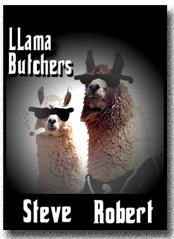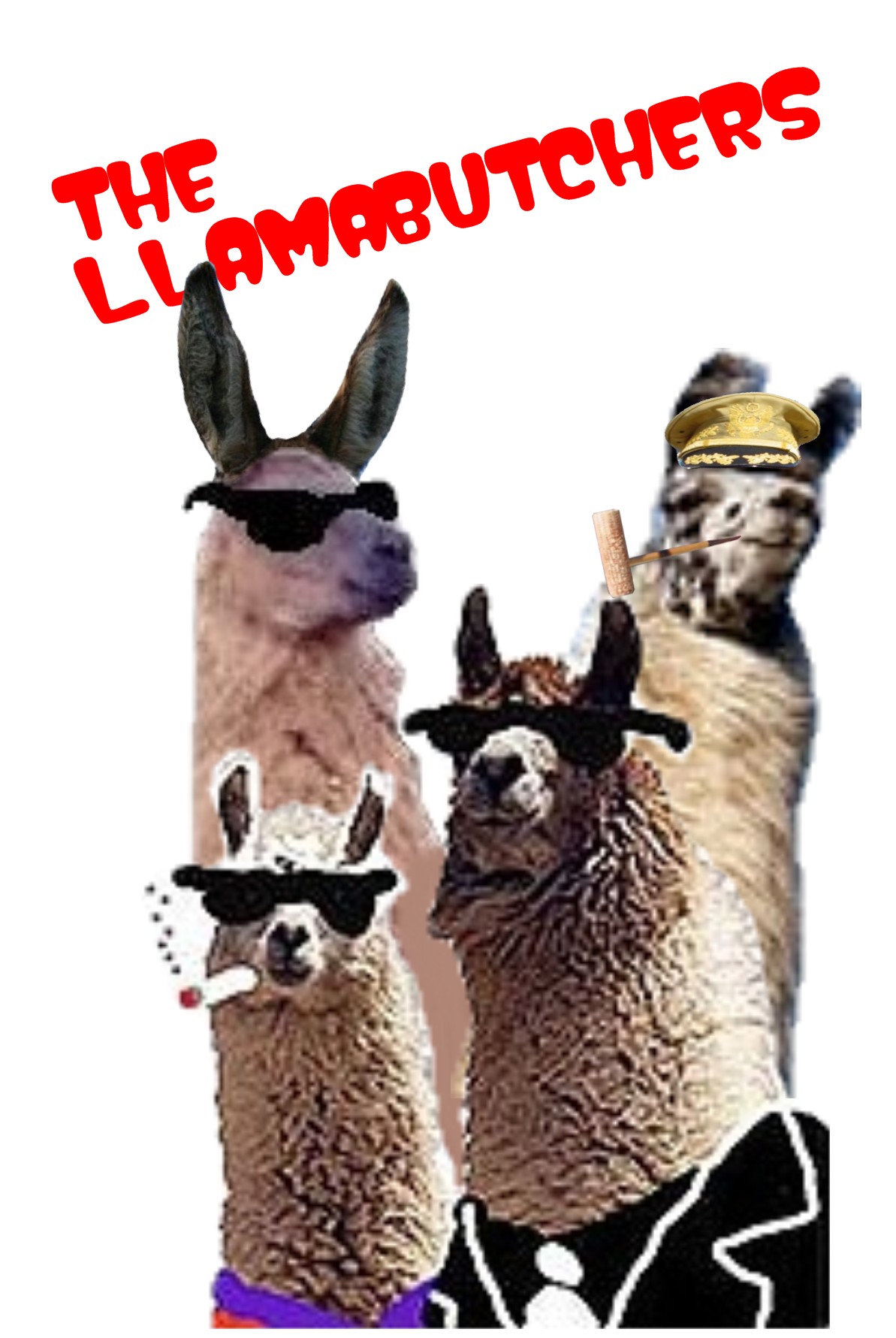April 26, 2007
Gratuitous Historickal Posting (TM)

Mark Tooley has a nice article in the Weekly Standard today reminding us of a period of history the ignorance of which I often lament here, namely the French and Indian War:
There would be no United States without the French and Indian War, which ousted the French from North America and ensured Anglo-American dominance. The conflict also transformed a young Virginia woodsman named George Washington into an international figure. It gave a previously unknown unity to the English colonies in America. And it created the financial burden for the British Empire that led directly to the unwanted taxes on the colonies that would fuel a revolution. That revolution would succeed, in part, because the French would support it, in retaliation for their defeat by the British 20 years earlier.
Reading about the war, one is overwhelmed by both its remoteness and its savagery:
On April 18, 1756, several dozen members of the Virginia Regiment left Fort Edwards on the Cacapon River [in present day West Virginia] in pursuit of the enemy. One year before, English General Edward Braddock had led what was the largest army ever in North America into a trap outside what is now Pittsburgh. Over 900 men of his command, including the general himself, would fall to the ambushing French and Indians. The young George Washington would help organize the retreat.Colonial America's frontier was left wide open to Indian attacks on farms and settlements that were often led by French officers. An observer in Cumberland, Maryland would observe that the entire panorama to the west was filled with flumes of smoke rising from burning farms. Virginia organized a regiment under Colonel Washington to organize defenses, like Fort Edwards, against attacks.
The Virginia soldiers who left Fort Edwards in April of 1756 may have been lured out by the Indians' murder of a local miller. But their response was ill-planned. They were barely two miles out before being ambushed by a force of at least 100 Indians, led by a French officer. Seventeen Virginians were killed in what would be called "Mercer's Massacre," or the Battle of the Great Cacapon. The disaster prompted the Virginia legislature to appropriate more money for the colony's defenses, and Colonel Washington, who often visited Fort Edwards, would construct the more formidable Fort Loudoun in Winchester, 20 miles to the east.
Fortunately, there are still people working to preserve this piece of history:
SOME PEOPLE have not forgotten those battles. When a townhouse development threatened to overtake the Fort Edwards site in the 1990s, Capon Bridge area residents bought the 24 acres of land and built a visitors center. For over a decade, these descendants have hosted an annual Colonial Feast to commemorate the Battle of the Great Cacapon and their warrior ancestors.
Go read the rest. And be sure to check out the link to the Fort Edwards Visitor Center.
Perhaps a frontier era historian could address a question that arose in our familly last week.
Last weekend we took the kids and cousins to a Pioneer Days event supposedly more or less 1760's era. There were several very knowledgeable and accurate reenactors present fully outfitted as, I believe, Roger's Raiders. (Although not dressed, the cynic in me thinks, as a Raider would have looked AFTER a campaign.) Naturally the boys were fascinated by the weaponry, particularly the muzzle-loaders, and thus were fascinated by the re-enactors. The reenactors spent a good deal of time standing and resting their heads, hands, or other body parts on the mouth of the barrel. This occured to such an extent that finally a gun-toting grandmother asked that they be a little more observant of gun-safety wisdom if kids could see them. Their response was extensive.
One- they did not need to treat the gun as loaded because they knew it was not.
Two- a muzzle loader wasn't going to hurt them (one wonders then why Rogers Raider's carried them).
Three- resting on the barrel was historically accurate.
Is statement three accurate? On one hand are the various famous Western paintings of explorers/adventurers/pioneers standing and leaning on their guns- which admittedly are the right length to lean on.
Without the paintings before us, none of us could remember if the subjects were leaning against the barrel or the mouth.
On the other hand it was postulated that the pioneers/explorers/adventurers thoroughly understood guns and would not do a damfool thing like lean on the mouth of the gun. It was suggested that even if paintings suggested the subject leaned on the gun mouth, the painter was a city slicker unfamiliar with guns.
Thought?


 Image courtesy of the lovely and talented
Image courtesy of the lovely and talented 